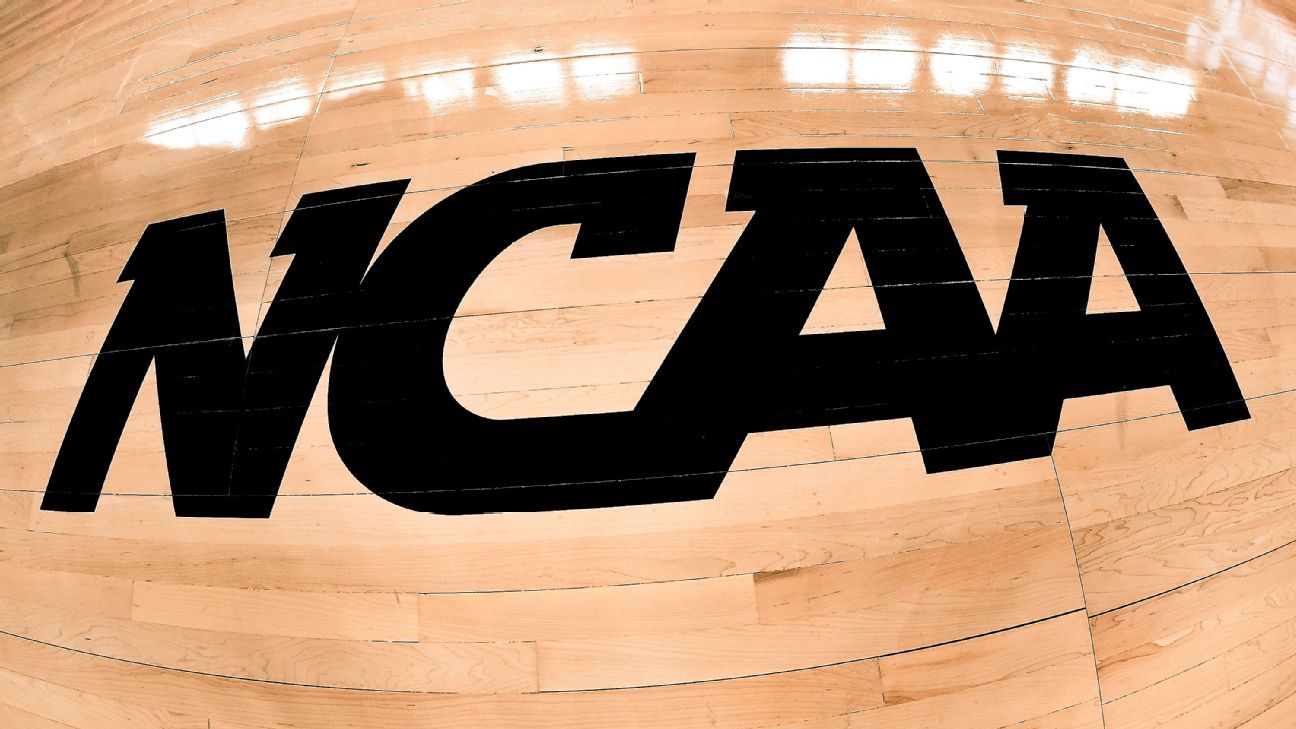The NCAA board of governors on Thursday unanimously agreed to accept the final recommendations from its constitution committee, moving the organization another step closer to a new constitution to govern college sports.
One of the changes is clarifying language that ensures “to the greatest extent possible” that any imposed penalties do not punish programs or athletes who were not involved or implicated in the infractions — a modification to the typically lengthy investigative process that sometimes isn’t resolved until after the individuals who committed the violations have moved on.
Another change from the second draft of the constitution, which was shared Dec. 7, requires each school to make its name, image and likeness policies publicly available.
The new constitution continues to prohibit pay-for-play but states that athletes “may receive educational and other benefits in accordance with guidelines established by their NCAA division.”
The entire NCAA membership will vote Jan. 20 at the 2022 NCAA Convention. If the constitution is formally adopted, as expected, each of the NCAA’s three divisions will be tasked with ensuring that its rules fit the new framework. The new constitution would be effective Aug. 1.
“This process has been an example of how we can work together to modernize college sports and meet the needs of students engaged in intercollegiate athletics — today and for the future,” Georgetown president Jack DeGioia wrote in a memo to the NCAA’s schools and conferences. “The ratification of a new constitution in January will unlock the ability for the divisions to rewrite rules for each division by August that will enable us to realize the goal of transforming NCAA governance to better serve our students.”
The proposed constitution maintains existing revenue allocations and championship opportunities for each division, locking in 4.37% to Division II and 3.18% to Division III — percentages that have been in place since January 1996. Each league has the oversight of its own budget, expenditures and distribution to its members.
The final version of the constitution also emphasizes athletes’ physical and mental well-being, along with prioritizing diversity, inclusion and gender equity.
The push for sweeping change to the NCAA’s governance comes after a tumultuous summer in which the organization suffered significant legal and political losses. In June, the Supreme Court of the United States unanimously affirmed a ruling that allowed for an incremental increase in how college athletes could be compensated. In July, a flurry of state laws made it illegal for schools and the NCAA to punish college athletes for making money by selling the rights to their name, image and likeness.
Many throughout college athletics had said they hoped the new constitution would simplify what they considered a complex and outdated rulebook by transferring authority from the NCAA’s national offices to the conferences and their schools. The previous 43-page document has been boiled down to 20 and gives each of the three divisions more freedom to govern themselves.
